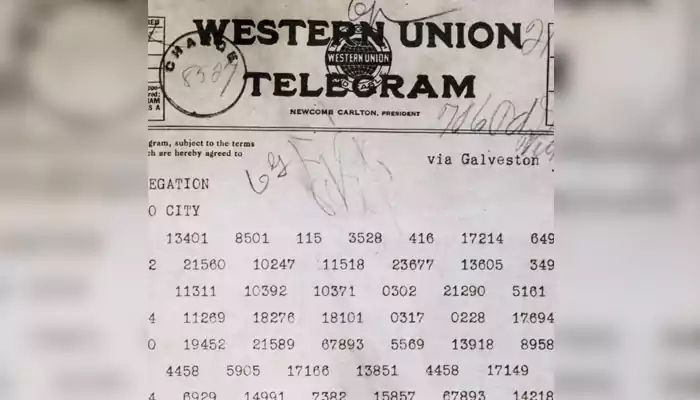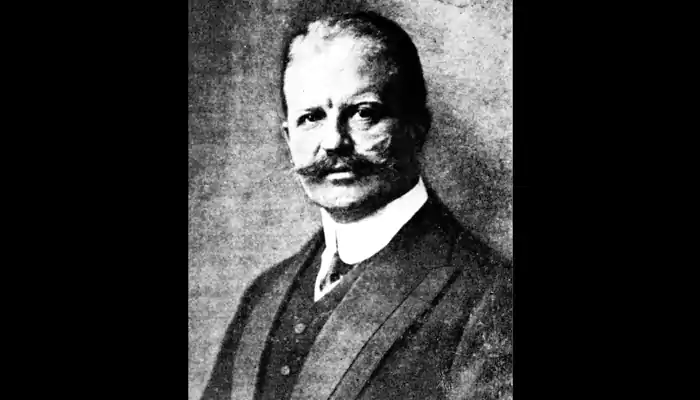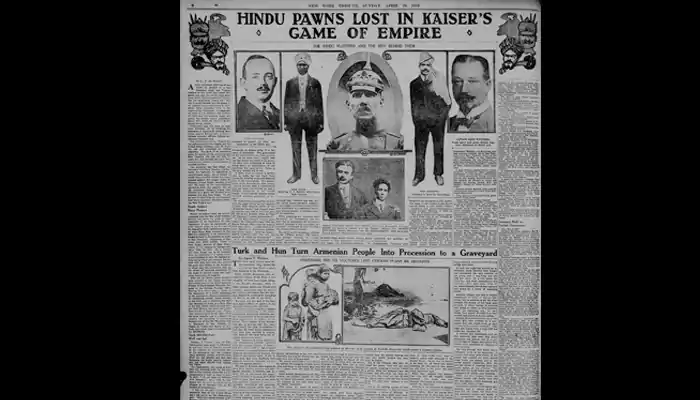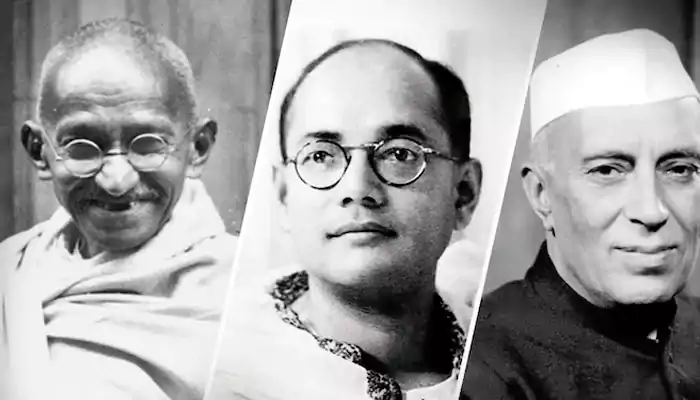
One intercepted message changed everything—reaching far beyond Europe, into the heart of India’s freedom struggle
In January 1917, a secret telegram was intercepted by British codebreakers. Sent by German Foreign Secretary Arthur Zimmermann, the message proposed an alliance with Mexico against the United States if America entered World War I. In return, Germany would assist Mexico in recovering its lost territories. But this telegram—now known simply as the Zimmermann Telegram—was more than a diplomatic blunder. It shifted America’s stance on the war. It also exposed how Germany’s global strategy included destabilizing colonial powers—including British India.

The telegram was decrypted by British intelligence inside the Admiralty's secretive cryptographic unit known as Room 40. These codebreakers had been monitoring German communications for years. Once decoded, the message gave Britain an opportunity. However, it came with a challenge—how to share the message with the Americans without revealing that they were also intercepting neutral and allied communications, including American cables.
Through a clever cover story involving a second version of the telegram intercepted in Mexico, Britain avoided suspicion and passed the message to Washington. The consequences were seismic.
Until 1917, the United States had remained neutral in the war. But the Zimmermann Telegram, alongside Germany’s unrestricted submarine warfare, turned the tide of public opinion. President Woodrow Wilson addressed Congress in April 1917 and requested a declaration of war. When the U.S. entered the conflict, Britain gained a crucial ally—both militarily and politically.
But what does this telegram have to do with India?

While Germany was trying to provoke Mexico, it was also deeply invested in another, far more complex plan: encouraging revolution in India. The Hindu–German Conspiracy, active during the same period, aimed to support Indian revolutionaries in overthrowing British colonial rule. Germany funded exiled Indian nationalists, armed the Ghadar Party, and backed plans for mutinies in the British Indian Army.
This wasn’t a coincidence. Germany saw India as the British Empire’s crown jewel—and a perfect weak spot to exploit. If revolution could spread in India, Britain would be forced to divert attention and resources away from Europe.
The exposure of the Zimmermann Telegram—and the earlier uncovering of the Hindu–German Conspiracy—shook British intelligence to the core. In India, colonial authorities grew more paranoid. They imposed stricter surveillance on nationalist groups, passed tougher laws like the Defence of India Act, and later the Rowlatt Act—which allowed imprisonment without trial.
These actions intensified Indian unrest. The suppression of civil liberties led to protests, boycotts, and eventually, tragedies like the Jallianwala Bagh Massacre in 1919. The post-war crackdown, triggered in part by wartime conspiracies and fears of revolution, ironically gave rise to a more united and politically awakened Indian public.

The global dimensions of World War I, including the impact of the Zimmermann Telegram, shaped how Indian leaders viewed the Empire. Revolutionary figures like Subhas Chandra Bose took note of Germany's support for the Indian rebellion during World War I. Decades later, Bose would seek similar alliances during World War II to fight British rule.
Even mainstream leaders like Jawaharlal Nehru and Mahatma Gandhi were deeply influenced by how colonial subjects were drawn into a global war without their consent. The disconnect between Indian sacrifices and the lack of self-rule would become a central argument for independence in the years that followed.
While history remembers the Zimmermann Telegram for prompting America's entry into war, it also significantly reshaped British policy across its empire. It revealed how deeply entangled the colonial world was in global politics. For India, it marked the start of a new era—where anti-colonial movements were no longer confined to the subcontinent, but played out on the world stage.
A single message, sent across the Atlantic, may not have been addressed to India—but it sent tremors through its future. It exposed the fragility of empires, the reach of rebellion, and the interconnectedness of freedom movements. One telegram didn’t just change a war—it helped ignite a revolution.